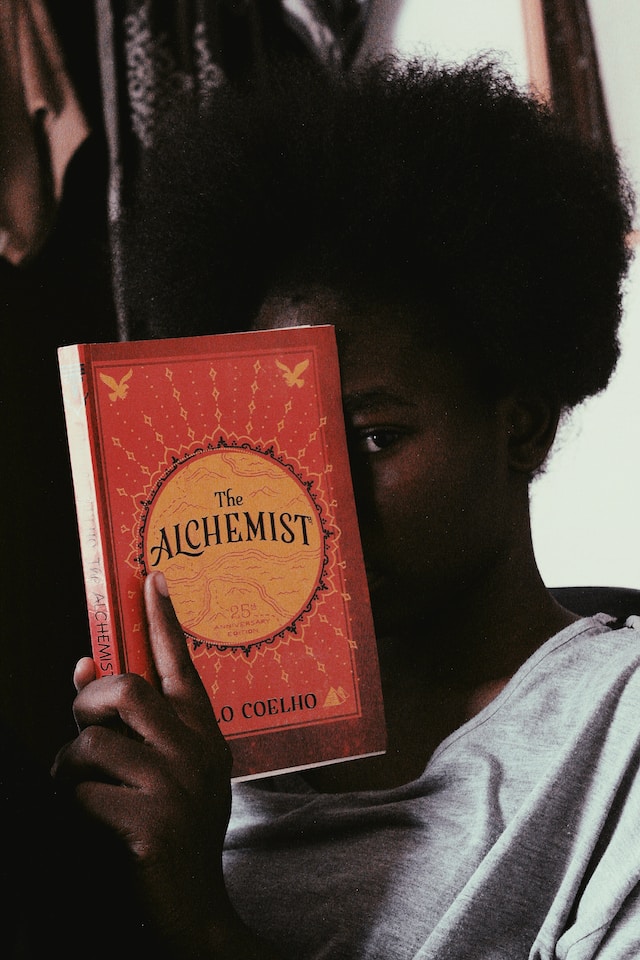Introduction:
In every captivating story, there lies a hero who embarks on a journey to overcome challenges and achieve greatness. However, no hero’s tale is complete without a formidable antagonist. These villains and adversaries add depth, conflict, and excitement to the narrative, pushing the protagonist to their limits. In the world of literature, villains play a crucial role in shaping the story and captivating readers. Let’s delve into the intriguing world of antagonists in the Character Chronicles.
1. The Power-Hungry Tyrant:
One of the most common types of villains is the power-hungry tyrant. These characters crave control and will stop at nothing to achieve it. They often possess immense power, whether it be political, magical, or physical. Examples of power-hungry tyrants include Lord Voldemort from the Harry Potter series and Sauron from The Lord of the Rings. These villains challenge the hero’s courage and determination, forcing them to confront their deepest fears.
2. The Manipulative Mastermind:
The manipulative mastermind is a cunning and intelligent adversary who excels in psychological warfare. They use their wit and charm to manipulate others and achieve their goals. These villains are often skilled in deception and manipulation, making them formidable opponents. A classic example of a manipulative mastermind is Professor Moriarty from the Sherlock Holmes series. Their ability to outsmart the hero keeps readers on the edge of their seats, wondering how the protagonist will outmaneuver them.
3. The Tragic Anti-Hero:
Not all antagonists are purely evil. Some are complex characters with tragic backstories and motivations that blur the line between good and evil. These anti-heroes often have noble intentions but resort to questionable methods to achieve their goals. An example of a tragic anti-hero is Severus Snape from the Harry Potter series. Snape’s actions are initially perceived as villainous, but as the story unfolds, his true motivations are revealed, adding depth and complexity to his character.
4. The Enigmatic Enforcer:
The enigmatic enforcer is a mysterious and powerful adversary who operates in the shadows. They are often shrouded in secrecy, making it difficult for the hero to anticipate their next move. These villains possess unique skills or abilities that make them a formidable force. The Joker from Batman comics exemplifies the enigmatic enforcer archetype. His unpredictable nature and chaotic schemes challenge the hero’s resolve and test their moral compass.
5. The Personal Nemesis:
The personal nemesis is an antagonist who shares a deep personal connection with the hero. They may be a former friend, a family member, or a rival. This type of villain adds an emotional layer to the story, as the hero is forced to confront their past and face the consequences of their actions. Darth Vader from the Star Wars saga is a prime example of a personal nemesis. His relationship with Luke Skywalker creates a compelling dynamic that drives the narrative forward.
Conclusion:
Villains and adversaries are an integral part of storytelling, providing the necessary conflict and tension that keeps readers engaged. From power-hungry tyrants to manipulative masterminds, tragic anti-heroes to enigmatic enforcers, and personal nemeses, the antagonists in the Character Chronicles bring depth and complexity to the narrative. They challenge the hero’s beliefs, test their limits, and ultimately shape their journey towards triumph. So, the next time you dive into a captivating story, remember to appreciate the villains who make the hero’s victory all the more satisfying.










